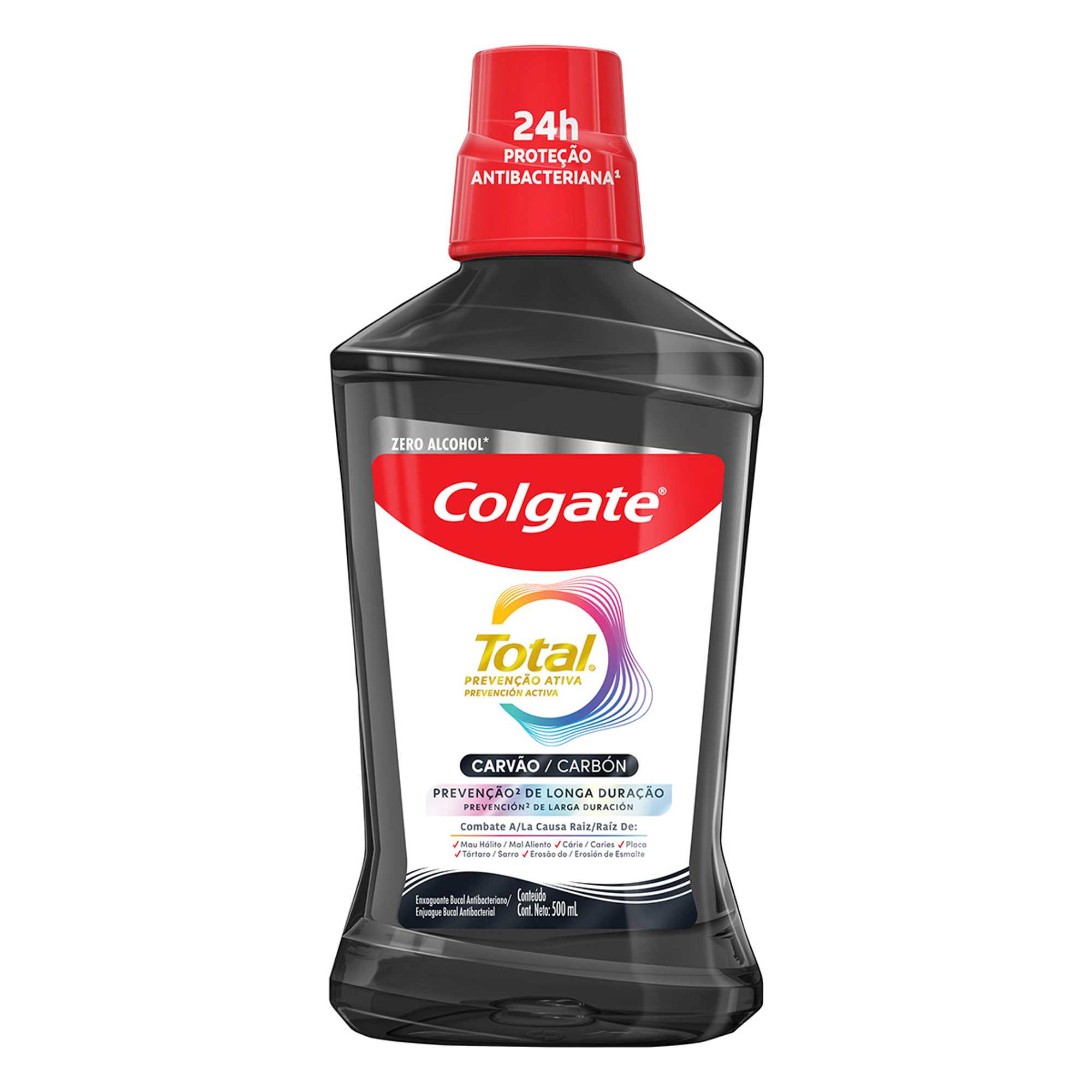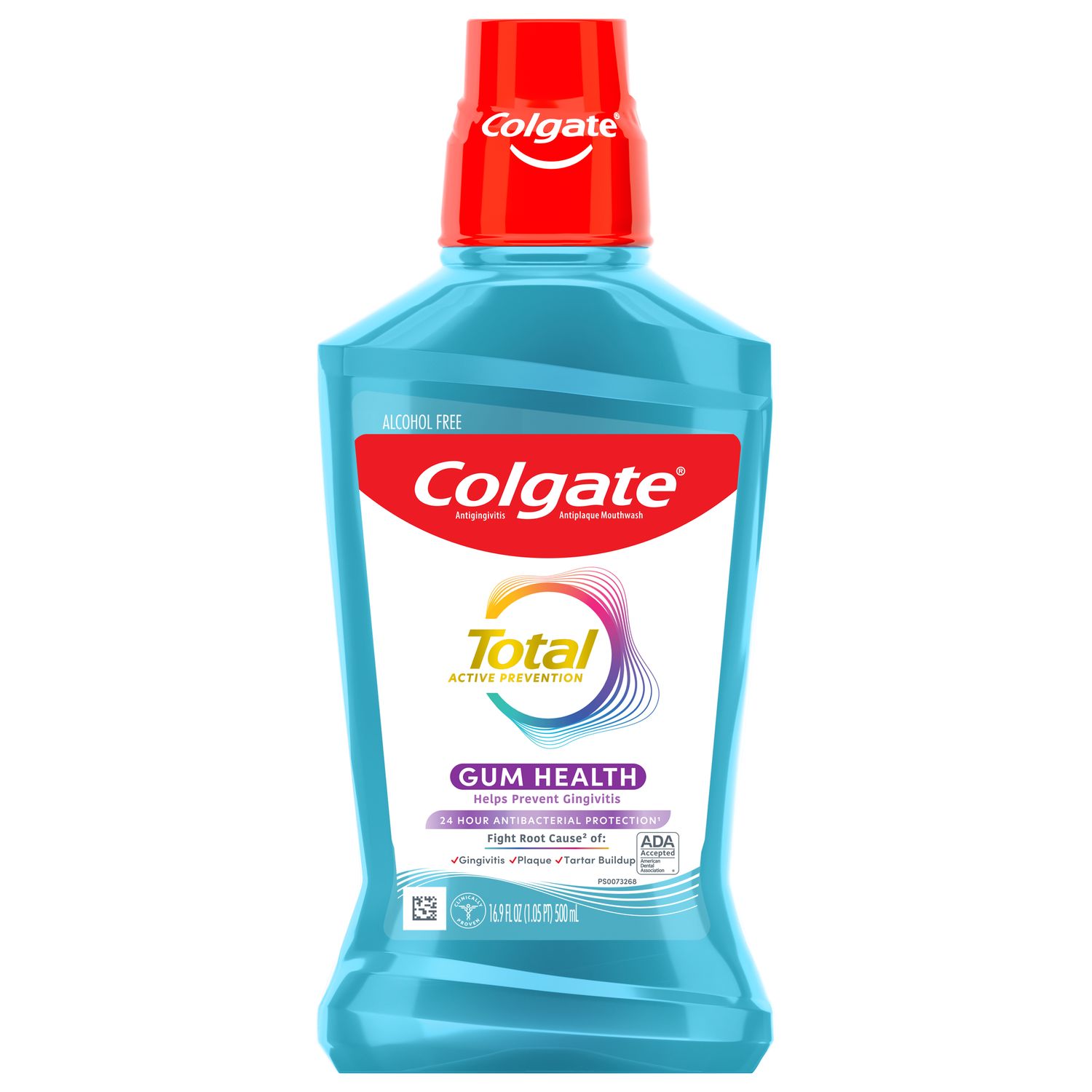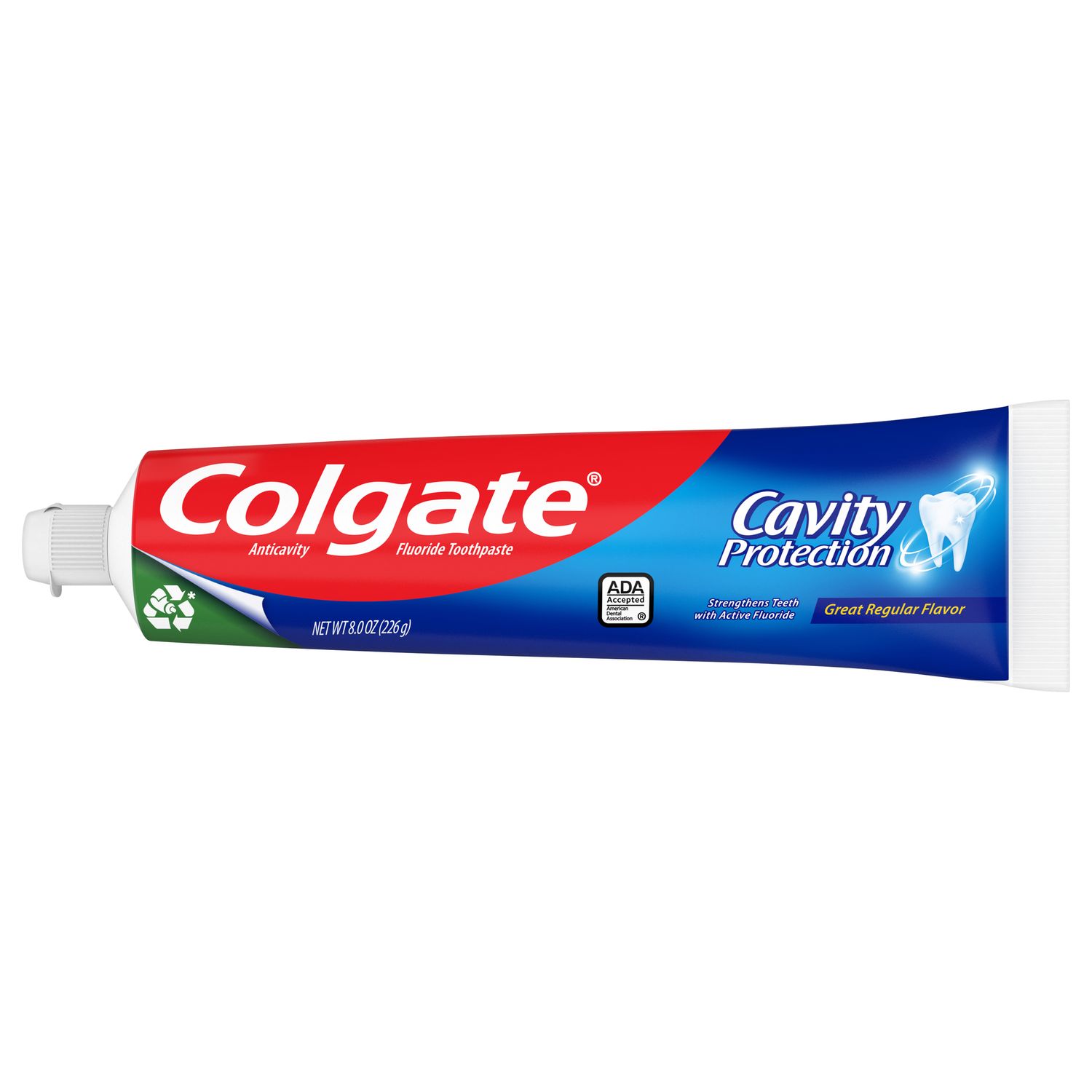There are many types of dental fillings, and both metal and metal-free fillings are available. The best type of filling for a cavity will depend on many factors, including the cavity's size and location, and your dentist can recommend the best type for your situation.
Metal Fillings
Dental Amalgam
Dental amalgam fillings, also known as silver-colored fillings, are made of a mixture of metals. As the Food and Drug Administration (FDA) explains, these are comprised of liquid mercury and powdered copper, silver and tin. The mercury reacts with the other components, binding them together into a durable material. Dental amalgam's durability makes it a good option for large cavities in the back teeth, as the American Dental Association (ADA) notes. Bonus fact: Amalgam fillings have been used in dentistry for more than 100 years.Gold
Gold fillings are also made of a mixture of metals, including gold and copper, explains the ADA. They are also known as inlays or onlays. These are the most durable type of filling and can last for more than 20 years.
Metal-Free Fillings
Composite
Composite fillings, also known as tooth-colored fillings, are made of a mixture of resin and glass, according to the National Health Service (NHS). These fillings look more natural than metal fillings, but they may need to be replaced more often, reports the ADA.Glass Ionomer
These fillings are also tooth colored, and they're made of powdered glass. As the NHS explains, these fillings form a chemical bond with the teeth after application.
Potential Advantages of Metal-Free Fillings
While both metal and metal-free fillings can be used to repair cavities, there are a few situations in which dentists may recommend the latter type. Since metal-free fillings are the same color as your teeth, they look more natural than their metal counterparts. This may be an important consideration if you have a cavity in one of your front teeth or if you're concerned with the appearance of your filling.
Glass ionomer fillings have another potential advantage, as the NHS explains. These fillings may release fluoride, which is a naturally occurring mineral that helps strengthen tooth enamel and prevent future decay.
Safety of Metal Fillings
For those who may have concerns about the mercury content in dental amalgam fillings, the ADA reassures that credible scientific studies have consistently found dental amalgam to be safe. The type of mercury found in dental fillings isn't the same kind that can build up in fish and cause health problems. Further, the FDA reports that studies haven't found any links between dental amalgam fillings and health problems in the general population. Based on the available research, the agency considers dental amalgam fillings safe for adults and children older than 6 years old.
Some people may have allergies or sensitivities to the materials used in metal fillings, reports the FDA. For these people, metal fillings can cause contact reactions, such as sores inside the mouth. If you have any allergies or sensitivities to metals, like copper or tin, let your dentist know.
If left untreated, cavities will only get worse. So, if your dentist says you need a filling, don't delay. Many types of metal and metal-free fillings can be used to repair tooth decay. If you have questions or concerns about dental filling materials, talk to your dentist.
Oral Care Center articles are reviewed by an oral health medical professional. This information is for educational purposes only. This content is not intended to be a substitute for professional medical advice, diagnosis or treatment. Always seek the advice of your dentist, physician or other qualified healthcare provider.
ORAL HEALTH QUIZ
What's behind your smile?
Take our Oral Health assessment to get the most from your oral care routine
ORAL HEALTH QUIZ
What's behind your smile?
Take our Oral Health assessment to get the most from your oral care routine














